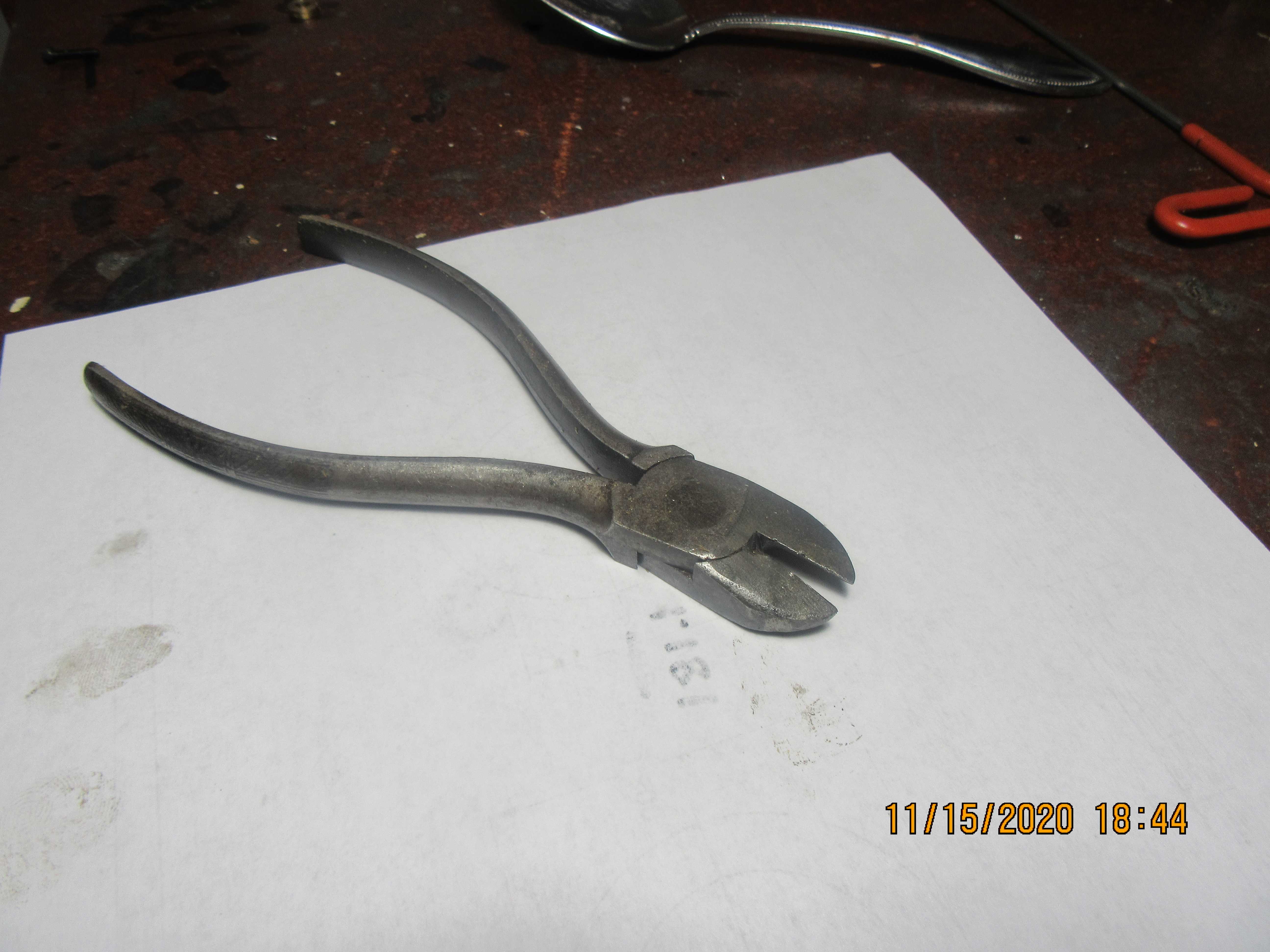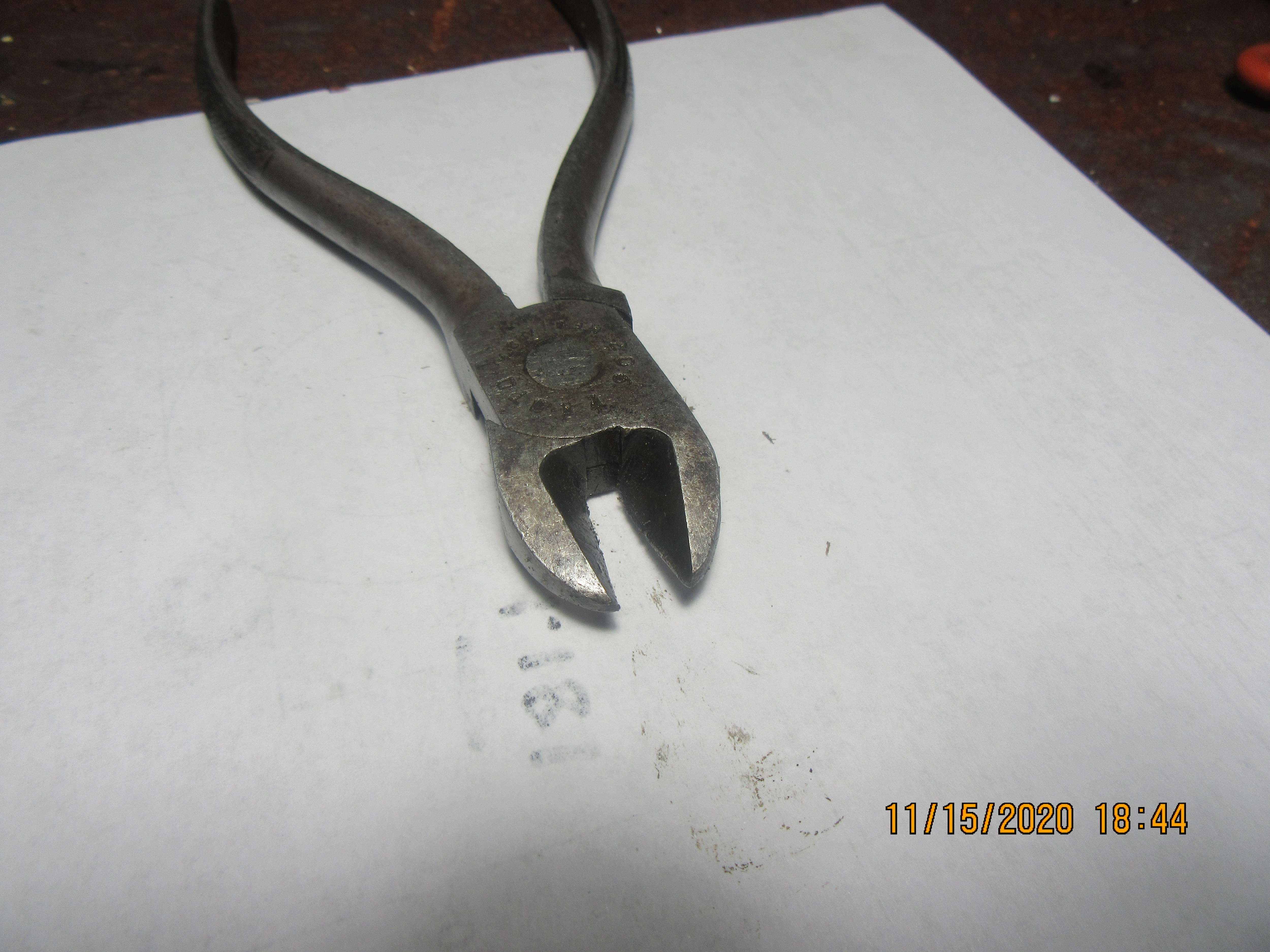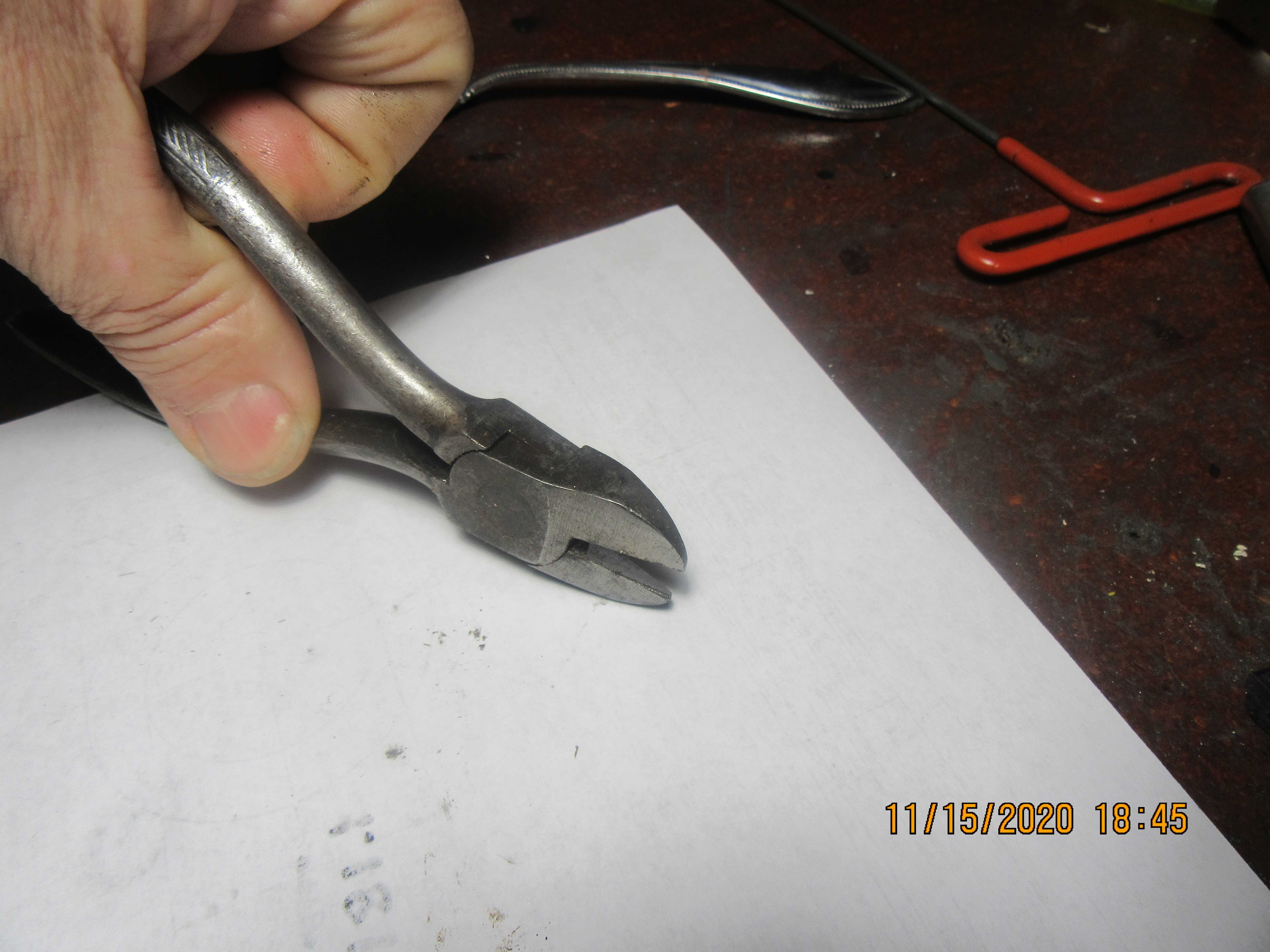Another week, another little bit of progress. Back on the 1st, I finally said "tomorrow" I'd make a replacement crankshaft throw to replace the one that has been giving me problems for weeks. The next day I thought it might make a nice accent to make it out of some brass I have, so that was a few hours. It had to be 1/4" thick to fit where it goes, and I had some junk 1/2" thick brass I've had around for years and used to make test cuts on. I thinned it down to 1/4" and was able to make a replacement fit in the space I had. Because of a few factors involved with thinning the brass and proofing the CNC file, it took two afternoons to make this one.

With that pin at the top moved over to the brass one and once in place on the engine it looks like this.

When it's moving, you can tell it's a different color, and when it's at rest, it's a bit more noticeable but I probably should have spent a day sanding and polishing it, then coating it in polyurethane varnish.
I ran it with my drill driving it for another half hour today and the system seems to move OK. The binding I had a couple of weeks ago seems gone.
What's left? I need a couple of inches of fuel line from the tank to the carburetor. I need a little mount for the fuel tank; I understand that it should be around a half inch or so higher than the carb. so that the fuel flows without a fuel pump. I need to get a set of points for the engine and hook up my electronic ignition. I can get it to run with the electronic ignition spread around on the bench, but a box for it seems like a good idea. Lastly, I need to grab a gallon of Coleman fuel and some WD-40. I have spray cans around and someone on another thread suggested just spraying some of that into a plastic cup that measures out teaspoons. My fuel tank holds 4 ounces and I don't think I'll put that much into it.

With that pin at the top moved over to the brass one and once in place on the engine it looks like this.

When it's moving, you can tell it's a different color, and when it's at rest, it's a bit more noticeable but I probably should have spent a day sanding and polishing it, then coating it in polyurethane varnish.
I ran it with my drill driving it for another half hour today and the system seems to move OK. The binding I had a couple of weeks ago seems gone.
What's left? I need a couple of inches of fuel line from the tank to the carburetor. I need a little mount for the fuel tank; I understand that it should be around a half inch or so higher than the carb. so that the fuel flows without a fuel pump. I need to get a set of points for the engine and hook up my electronic ignition. I can get it to run with the electronic ignition spread around on the bench, but a box for it seems like a good idea. Lastly, I need to grab a gallon of Coleman fuel and some WD-40. I have spray cans around and someone on another thread suggested just spraying some of that into a plastic cup that measures out teaspoons. My fuel tank holds 4 ounces and I don't think I'll put that much into it.




























































